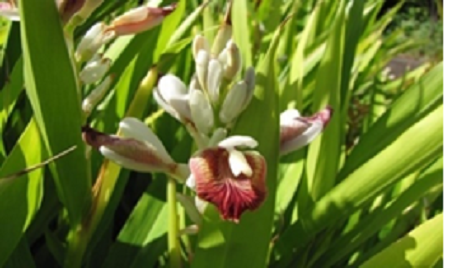


Indian Journal of Science and Technology
DOI: 10.17485/IJST/v14i33.1489
Year: 2021, Volume: 14, Issue: 33, Pages: 2711-2730
Original Article
P Thirupathi 1,*, B R Venkatraman 1
1 PG & Research, Department of Chemistry, Periyar E.V.R. College (Autonomous), Affiliated to Bharathidasan University, Tiruchirappalli, 620023, Tamilnadu, India. Tel.: +91 975 043 5441
*Corresponding author
Tel: +91 975 043 5441
Email: [email protected]
Received Date:10 August 2021, Accepted Date:11 September 2021, Published Date:20 October 2021
Objectives: To examine the thermodynamics and kinetics of Alpinia officinarum’s (AO) inhibitory response on carbon steel (CS) corrosion in well water. Weight-loss (WL), potentiodynamic polarization (PDP), electrochemical impedance spectroscopy (EIS) methods and various pH levels are utilized to calculate the inhibition efficiency (IE) and corrosion rate (CR). Methods: WL and PDP and EIS techniques were performed to assess the corrosion inhibition and adsorption capacity of an ethanolic extract of AO leaves on the CS in well water. SEM and AFM techniques were analyzed to explore the creation of a safe layer onto the CS surface. Findings: The maximum IE of 93% is attained from the WL study at 303K. For the AO-Zn2+ system, when the temperature is increased from 303K to 343K, CR is also increased and IE is decreased. Arrhenius plots show a straight line, indicating the effect of temperatures on the CR. PDP findings indicate that the AO-Zn2 + system performs as a mixed-type inhibitor. The ΔGads values are less than -20KJ/mol, signifying that physisorption on the CS surface has occurred. The positive values of ΔH demonstrate AO leaves are adsorbing endothermically onto CS surface. The high adsorption of ethanolic extract of AO leaves on the CS surface in well water is reflected by positive activation energy values. Langmuir model is the best fit for the adsorption of ethanolic extract of AO leaves. Novelty: The nature of the adsorption process on the CS surface in well water was investigated by thermodynamic parameters (ΔGads, qads, ΔSads, ΔH) and activation energy (Ea) using a combined inhibitor (AO-Zn2+) system. The regression coefficient (R2) values were calculated using the various adsorption isotherms to determine the pattern of inhibition on the CS surface. The F-test and synergism parameters were used to establish the synergistic inhibition (SI) impact existing between ethanolic extract of AO leaves and Zn2+.
Keywords
Green corrosion inhibitor, thermodynamics, kinetics, PDP, EIS, SEM, AFM, FTIR, adsorption models, synergism parameters
© 2021 Thirupathi & Venkatraman. This is an open-access article distributed under the terms of the Creative Commons Attribution License, which permits unrestricted use, distribution, and reproduction in any medium, provided the original author and source are credited.
Published By Indian Society for Education and Environment (iSee)
Subscribe now for latest articles and news.